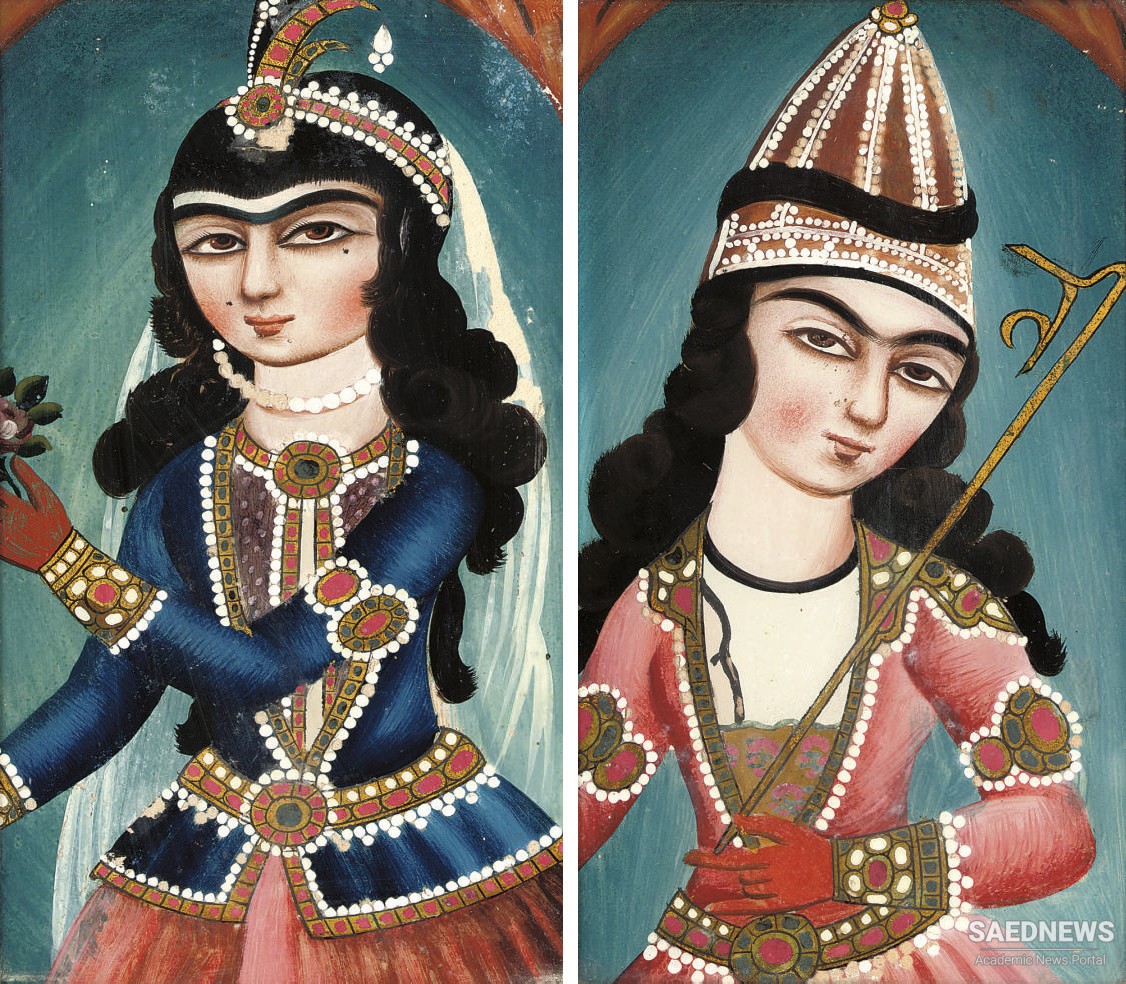In his history, Tarikh-e Azudi, he lists the names of musicians and also reports on their activities in the royal court. In the second half of the nineteenth century, Western music was formally introduced into Persia. Nasir ed Din Shah (r. 1848-1896), most impressive of the Qajar monarchs, imported a French musicmaster in 1858 to train his corps de musique. The third Frenchman to hold this position, Alfred J. B. Lemaire, founded a school of music that became important for the training of military band players and music administrators. This music school, still in existence, is now the chief conservatory in Tehran.
The most recent period in Persian music history, the so-called Constitutional period, includes the last three Qajar rulers and the two members of the present Pahlavi dynasty. This period is well documented and reported by Ruhollah Khaleqi in his three-volume study Sargozasht-e Musiqi-ye Iran. Dominating the musical scene during the Constitutional period are two Persian musicians, Mirza Abdullah (d. 1917) and Ali Naqi Vaziri (b. 1886). Abdullah is the most significant figure in the area o f dastgah music, for he collected and classified all the melodies that formed the basis of classical Persian music from at least the middle of the nineteenth century. The radif of Mirza Abdullah, passed down from his father, Ali Akbar Farhani, is considered to be the basis of the mainstream tradition of classical Persian music. The musical contribution of Ali Naqi Vaziri is quite different from that of Abdullah, which may be considered one of conservation. Vaziri set out to modernize Persian music. For this purpose he adapted Western staff notation to Persian music, established a conservatory to train musicians in Persian music as well as Western music (the other conservatory in Tehran taught only Western music), and wrote countless compositions using Iranian melodies harmonized in a Western style.
Since the beginning of the twentieth century, the quiescence of Persian music has ended, and a new period of growth has begun, encouraged by a gradual relaxation of religious restrictions and the commencement of extensive government patronage. A further stimulus to music in Persia is the widespread popularity of Western music and musical instruments. Although the social and religious disapprobation of music still exists to a certain degree, it is no longer a serious hindrance to the development of Persian music. The future of Persian music now depends upon using these extremely powerful stimuli—state patronage and the techniques of Western music—to re-create rather than to destroy a fragile musical culture.


 Cultural Roots of Politics in Early Modern Iran
Cultural Roots of Politics in Early Modern Iran














































